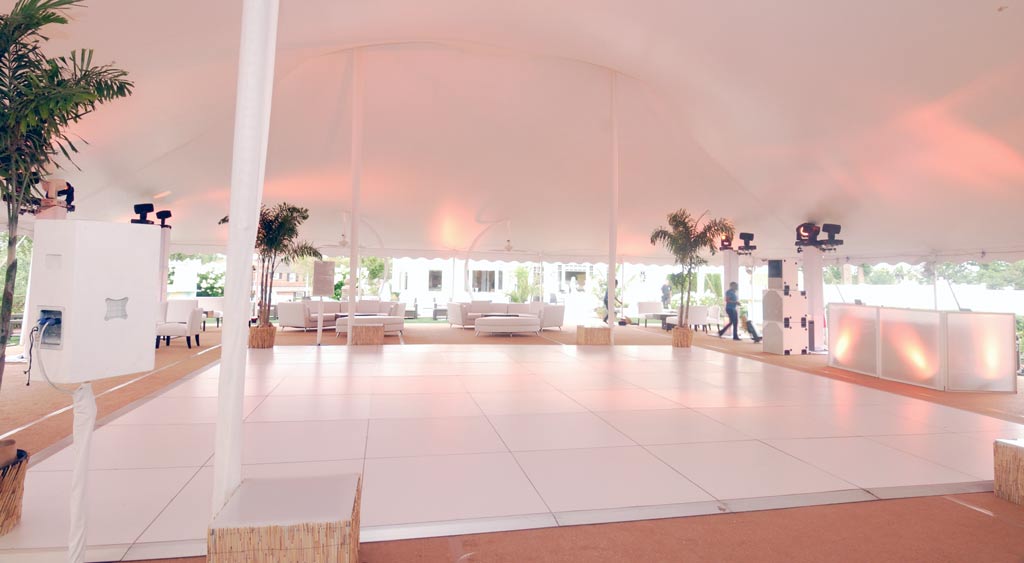Exploring the Benefits and Disadvantages of Timber and Vinyl Performance Floor Components for Optimal Performance and Visual Appeal
Exploring the Benefits and Disadvantages of Timber and Vinyl Performance Floor Components for Optimal Performance and Visual Appeal
Blog Article
As it pertains to selecting the right dancing surface substance, wood and synthetic are two common options that dancers and dance studio owners often consider. Each material has its own unique advantages and disadvantages that can influence performance, safety, and visual appeal. Comprehending these differences is essential for arriving at an educated decision that meets the needs of performers and enhances the overall environment in a dance studio or showcase area.
Wood dancing surfaces are often favored for their classic look and feel. They offer a organic area that can absorb shock, which is advantageous for performers who perform intense actions. The elasticity of wood helps reduce the risk of harm, such as twists and stresses, by offering a stable surface. Additionally, timber surfaces can be refinished, enabling them to keep their appearance over time. This durability makes them a sustainable asset for dance spaces. However, timber surfaces can be more expensive to install and upkeep compared to vinyl options, and they may need consistent upkeep to avoid bending or damage from humidity.
On the other hand, vinyl dance surfaces offer a range of benefits that make them attractive to many dance studios. One of the main benefits of vinyl is its affordability. Vinyl surfaces is generally more affordable to purchase and install than wood, making it a cost-effective option for studios. Furthermore, synthetic is available in a variety of colors and patterns, enabling for more personalization to match the style of the area. Synthetic floors are also easier to clean and care for, as they are resistant to marks and water. However, some performers may find that vinyl does not provide the same level of impact cushioning as wood, which could lead to discomfort during long rehearsal periods.
Another important consideration to evaluate is the type of dance being performed. Different dancing styles may demand different surface materials for best execution. For example, ballet performers often prefer wood floors because they offer a solid area for spins and leaps. In comparison, styles like hip-hop or jazz may benefit from the slip-resistant features of synthetic. It is crucial for studio owners to consider the primary dance genres taught in their studio when choosing a floor material. This evaluation can help ensure that dancers have the best possible experience while practicing and performing.
Visual appeal also holds a major role in the choice process. Timber surfaces are often linked with sophistication and heritage, making them a favored option for formal dance studios and theaters. The natural grain and warmth of wood can establish a welcoming environment that improves the general experience for both performers and audiences. On the other hand, synthetic floors can be designed to mimic the look of timber or alternative substances, offering a contemporary and chic appearance. The choice between wood and vinyl can ultimately depend on the desired atmosphere of the space and directory the impression that studio owners want to establish.
In summary, both timber and synthetic dance floors have their own set of benefits and disadvantages that can influence execution and aesthetics. Wood floors provide longevity, shock absorption, and a classic look, while synthetic surfaces provide cost-effectiveness, ease of upkeep, and styling flexibility. The decision between these substances should be based on the particular needs of the dancers, the types of dance being taught, and the overall vision for the studio. By thoughtfully evaluating these elements, dance studio owners can establish an atmosphere that enhances best execution and improves the pleasure of dancing for everyone participating.